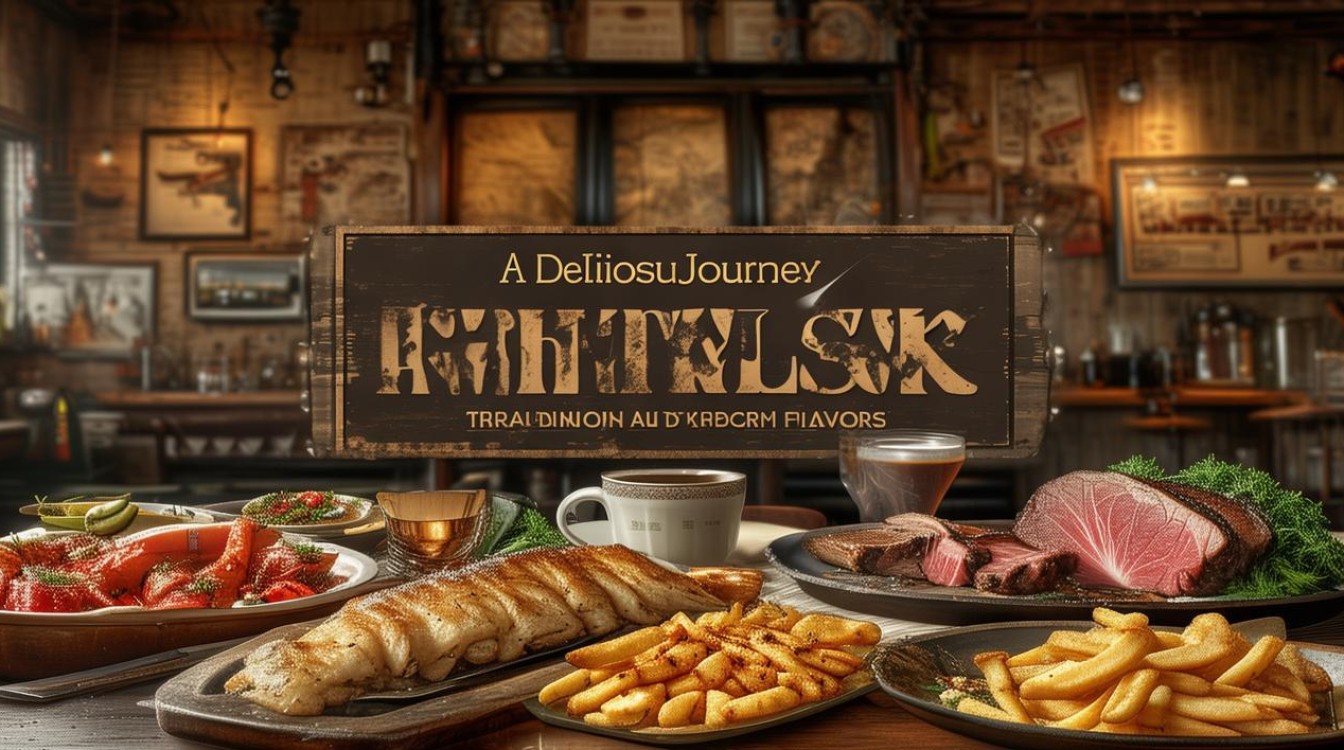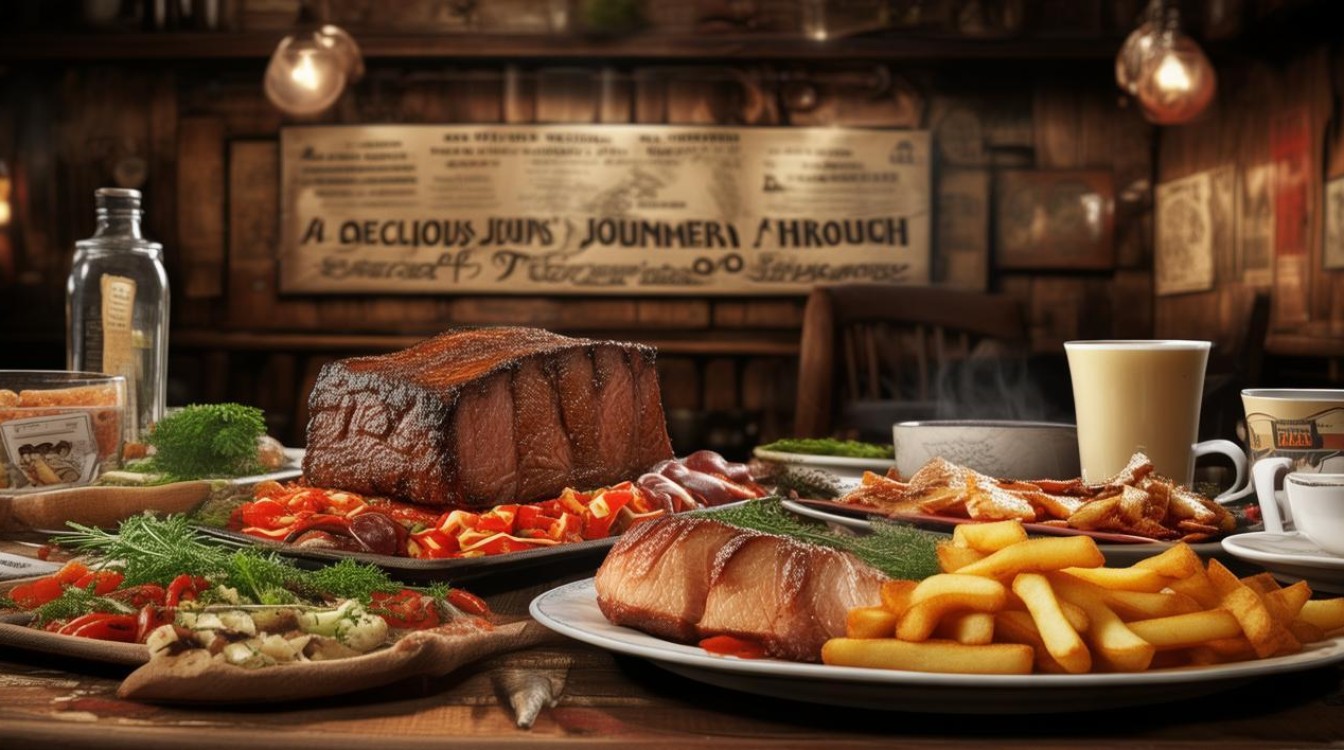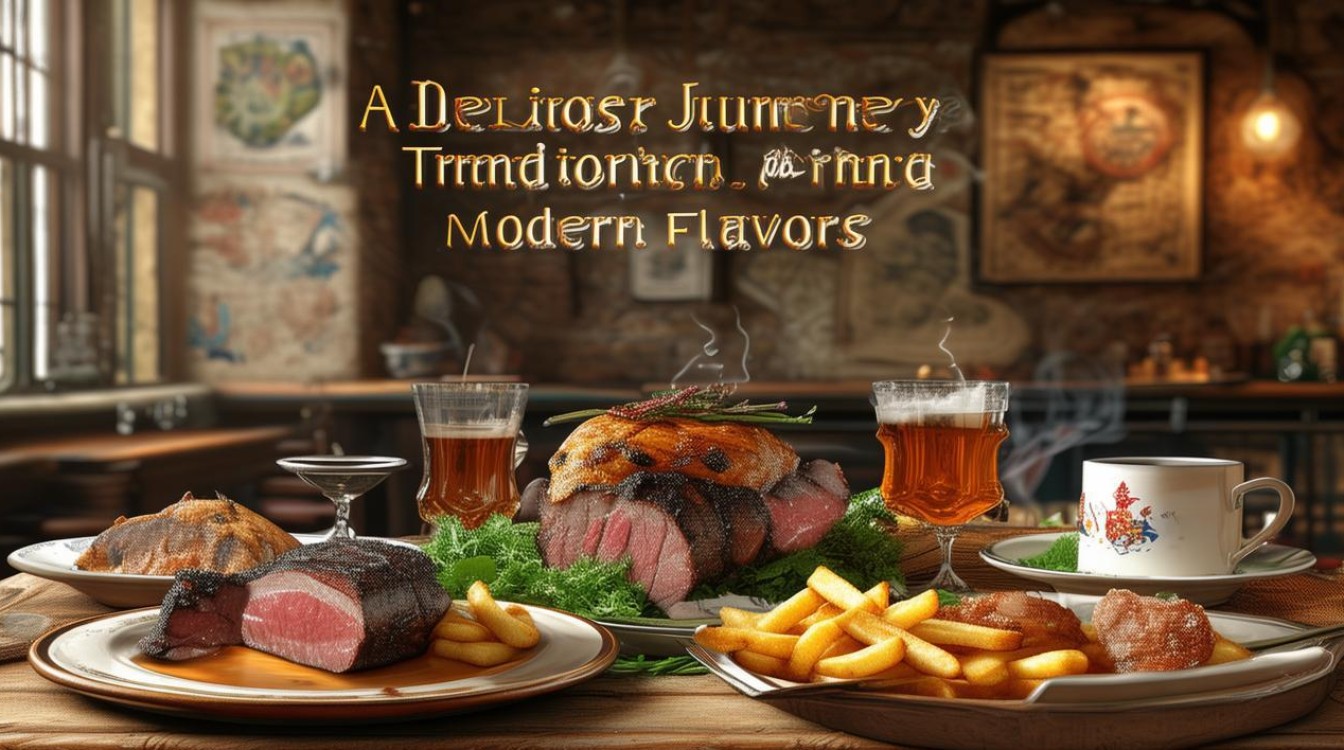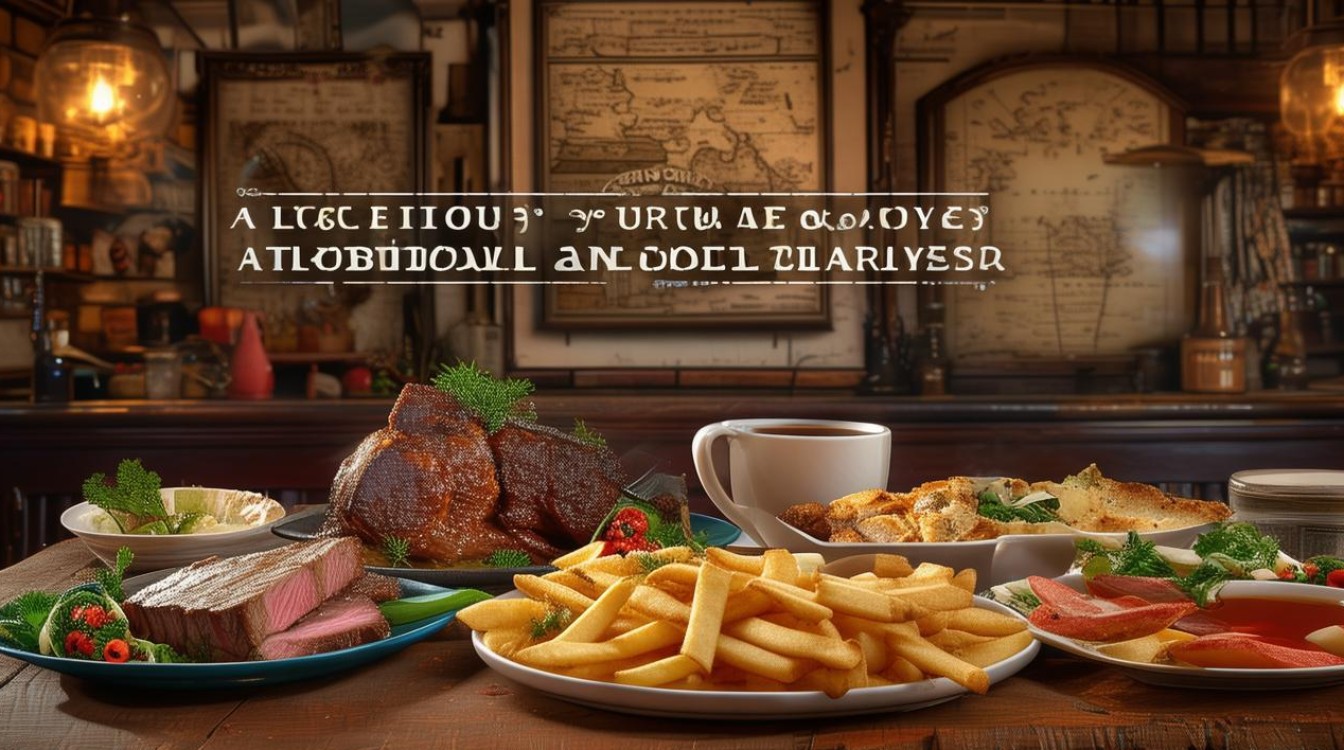British food often gets a bad reputation, but anyone who has explored the country’s culinary scene knows it offers much more than stereotypes suggest. From hearty classics to innovative modern dishes, British cuisine reflects centuries of history, cultural influences, and regional diversity. Whether you're a food enthusiast or simply curious, let’s dive into the flavors that define Britain.

The Foundations of British Food
British cuisine has deep roots in its agricultural past. Before globalization, meals relied on locally sourced ingredients, leading to simple yet satisfying dishes. Staples like potatoes, root vegetables, grains, and meats formed the backbone of traditional meals. The climate and geography also played a role—cooler regions favored warming stews, while coastal areas incorporated fresh seafood.
One iconic example is the full English breakfast, a hearty plate featuring eggs, bacon, sausages, baked beans, grilled tomatoes, mushrooms, and toast. Originally a working-class meal to fuel long days, it remains a beloved tradition.
Classic Dishes You Must Try
-
Fish and Chips
No discussion of British food is complete without mentioning fish and chips. Crispy battered cod or haddock paired with thick-cut fries, often served with mushy peas and tartar sauce, is a national treasure. The dish dates back to the 19th century and remains a staple in pubs and seaside towns. -
Sunday Roast
A cherished weekend tradition, the Sunday roast includes roasted meat (beef, chicken, or lamb), crispy potatoes, Yorkshire pudding, vegetables, and rich gravy. Families gather for this meal, making it a cornerstone of British dining culture.
-
Shepherd’s Pie and Cottage Pie
These comforting dishes feature minced meat (lamb for shepherd’s pie, beef for cottage pie) topped with creamy mashed potatoes and baked until golden. Originating as a way to use leftovers, they’re now enjoyed year-round. -
Afternoon Tea
A more refined experience, afternoon tea consists of delicate finger sandwiches, scones with clotted cream and jam, and an assortment of pastries. Paired with a pot of tea, this ritual began in the 19th century as a light meal between lunch and dinner.
Regional Specialties
Britain’s regions each boast unique dishes shaped by local ingredients and history:
- Scotland: Famous for haggis (a savory pudding made from sheep’s offal, oats, and spices), Scotch pies, and buttery shortbread.
- Wales: Known for Welsh rarebit (a rich cheese sauce on toast) and laverbread (edible seaweed mixed with oats).
- Northern Ireland: Ulster fry, a variant of the full breakfast, and soda bread are regional favorites.
- Cornwall: The Cornish pasty, a flaky pastry filled with meat and vegetables, was originally a portable meal for miners.
Modern British Cuisine: A Global Influence
While tradition remains strong, contemporary British chefs have embraced global flavors, creating a vibrant food scene. London, in particular, is a hub for international cuisine, blending techniques and ingredients from around the world.

Dishes like chicken tikka masala, often called Britain’s national dish, highlight this fusion. Indian spices meet British comfort food, resulting in a creamy, flavorful curry that’s now a pub staple.
Fine dining has also flourished, with chefs like Gordon Ramsay and Heston Blumenthal pushing boundaries. Molecular gastronomy, farm-to-table dining, and sustainable practices are reshaping perceptions of British food.
British Desserts: Sweet Endings
No meal is complete without something sweet, and Britain delivers:
- Sticky Toffee Pudding: A moist sponge cake soaked in toffee sauce, usually served with vanilla ice cream or custard.
- Eton Mess: A delightful mix of strawberries, whipped cream, and crushed meringue.
- Bakewell Tart: A frangipane-filled pastry with a layer of jam, originating from Derbyshire.
The Pub Culture Connection
Pubs are central to British food culture, serving as social hubs where people enjoy meals and drinks. Classic pub fare includes bangers and mash (sausages with mashed potatoes), ploughman’s lunch (cheese, bread, and pickles), and steak and ale pie. The atmosphere is just as important as the food, making pubs a must-visit for an authentic experience.

Challenges and Misconceptions
British food has faced criticism, often unfairly labeled as bland or uninspired. While post-war rationing did lead to simpler meals, today’s culinary landscape is dynamic and diverse. The rise of food festivals, farmers' markets, and cooking shows has reignited pride in British cuisine.
Why British Food Deserves a Second Look
Beyond stereotypes, British food tells a story of resilience, adaptation, and creativity. It’s a cuisine that honors tradition while embracing change, offering everything from rustic comfort food to cutting-edge gastronomy. Whether you’re savoring a buttery scone or indulging in a gourmet tasting menu, the flavors of Britain are worth exploring.
So next time someone jokes about British food, you’ll know there’s much more to the story. From centuries-old recipes to bold new innovations, the UK’s culinary scene is as rich and varied as its history.

